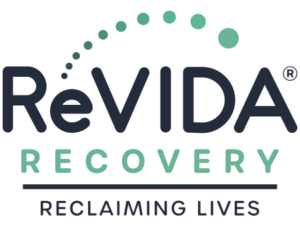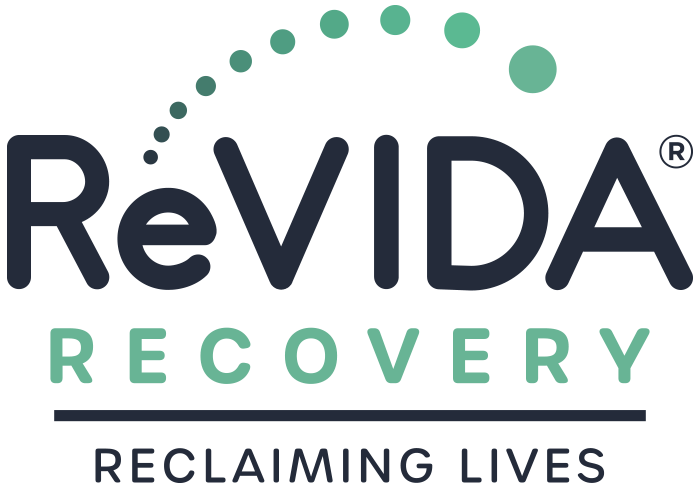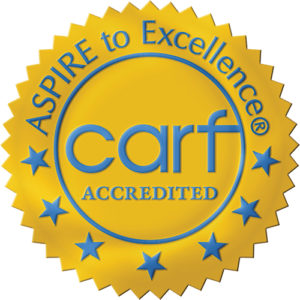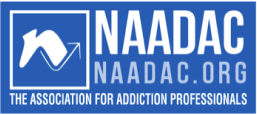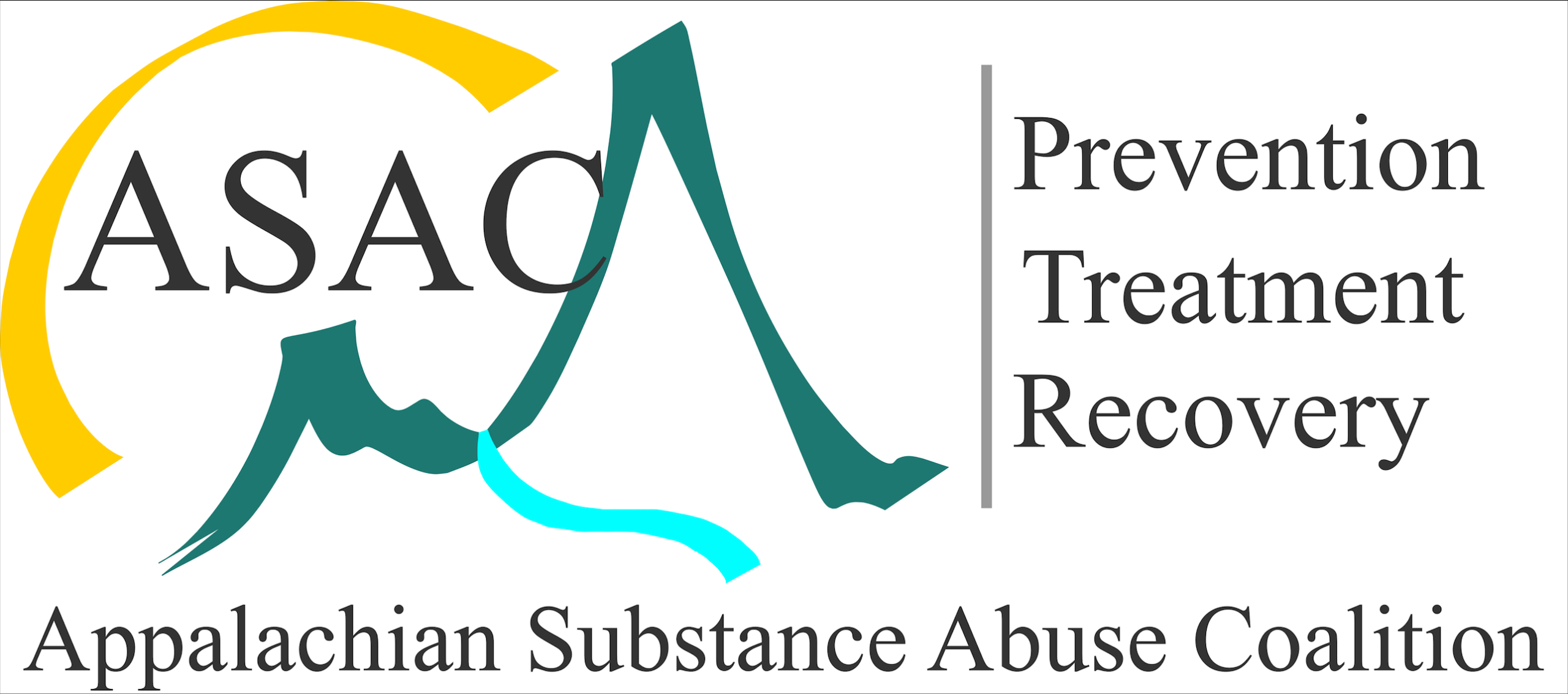
If you or someone you love is managing an opioid use disorder, you’re not the only one. In Tennessee, there are around 143 opioid prescriptions for every 100 people. (Yes, you read that right.) Opioid use is very common, as is opioid addiction. At ReVIDA® Recovery, we make it our mission to inform our Appalachian communities about the dangers of heroin use because we know each and every overdose is preventable.
One of the riskiest things about taking heroin is the absence of knowledge. It’s hard to know what’s in it because it’s illegally acquired. Today, we’re reaching out to anyone who might need to know more about what’s in heroin and whether or not it’s safe. To learn about what heroin is commonly cut with, read on.
Table of Contents
Common Heroin Cutting Agents
When we talk about drugs being “cut”, we’re referring to the act of mixing one drug or substance into another. When it comes to heroin, there are any number of things it can be cut with, including (but not limited to):
- Sugar, baby powder, starch, or powdered milk. When dealers buy heroin from their suppliers, they look for ways to turn a profit with their “clients”. If they’re buying a pure form of heroin, they’ll often cut it with “harmless” cutting agents like baby powder, especially if it’s strong and they can get away with diluting it. This allows them to make more money while stretching out their inventory. Most of the time, these substances are not harmful when ingested. However, the risk to one’s lungs and overall health should be considered. Heroin is illegal, which means it isn’t monitored by the FDA (or anyone else, for that matter).
- Caffeine. Dealers may cut heroin with caffeine to heighten its effects or to create a lasting and energetic “high”. While caffeine may sound harmless (after all, most of us drink coffee every day, right?), in large quantities, it can be dangerous. Heroin is a depressant and caffeine is a stimulant, and when the two are mixed, the risk for health complications increases. Stimulants like caffeine can mask the symptoms of an overdose and even increase heroin’s side effects, which means it can be difficult to tell if you (or someone you love) are in trouble and needs medical help.
- Over-the-counter medications. OTC medications, particularly aspirin or acetaminophen, are also common cutting agents for heroin. They may not be as cheap as other agents (like baby powder or starch), but they’re considered a little safer by most dealers. Unfortunately, these OTC medications come with their own set of risks, including overdose, stomach damage, and liver damage. If someone takes too much heroin, and that heroin has been cut with OTC medications, their risk of overdose increases for not one, but two substances.
Cutting Heroin With Fentanyl
Fentanyl is front and center in the opioid crisis right now, and heroin laced with fentanyl is all-too-common. Fentanyl is at least 50 times stronger than all other opioids. Dealers can get away with mixing a minuscule amount of fentanyl into their heroin. To their customers, it may feel like a standard “heroin high”, and dealers can also save money by doing this. Unfortunately, it’s incredibly dangerous.
In 2021, the United States lost over 70,000 people to fentanyl overdose. Many times, those who are taking fentanyl have no idea that they’re taking it because it’s mixed into a drug like heroin. And because of how strong fentanyl is, the likelihood of an overdose is much higher.
Anyone who is using heroin should double-check to make sure fentanyl isn’t present. That’s much easier to do today than it was a few years ago because of the availability of fentanyl test strips. They’re readily available to anyone in need and can be used to test any drug for the presence of fentanyl. If you live in the Tennessee area, the Department of Mental Health and Substance Abuse Services offers fentanyl test strips free of charge. Most states (including Tennessee) also have a Good Samaritan Law in place, which means if you or someone you love is experiencing a heroin overdose, you can’t be prosecuted for possession when seeking medical help.
The Dangers of Cutting Heroin with Other Drugs
Arguably, the most prevalent danger when mixing (or cutting) heroin with other drugs is simply the fact that there is no safety guarantee. As mentioned earlier, heroin is not monitored – those who buy it can never truly be sure of what they’re ingesting. That means that it could be mixed with something simple, like sugar, or something deadly, like fentanyl. Dealers are under no legal obligation to be honest with their customers because their operation is illegal.
Here’s another thing to consider: too much of anything is dangerous. When someone is under the influence of heroin, they’re less likely to consider the consequences of taking more than they normally would in order to experience a more intense “high”. The problem with heroin is that it can be cut with anything. If someone is taking too much heroin, they’re likely taking too much of something else, as well. And depending on what that substance is, the consequences could prove deadly.
At ReVIDA® Recovery, nothing saddens us more than the preventable overdose deaths caused by opioids like heroin or fentanyl. If you’re feeling like you or someone you love is managing a heroin use disorder, please consider reaching out to us for help.
Heroin Addiction Treatment at ReVIDA® Recovery
At ReVIDA® Recovery, we have seen firsthand how effective evidence-based heroin addiction treatment can be. It doesn’t matter how long you’ve been taking heroin or how impossible it feels to stop right now – recovery is always possible. Let’s talk about some of the treatment options we offer here that could be right for you.
Medication-Assisted Treatment (MAT)
While you’re here for MAT, you’ll be closely monitored by a compassionate and knowledgeable staff. Medications are available that can help in alleviating heroin withdrawal symptoms and guiding you safely into recovery. You’ll also have access to resources that can help you on your journey moving forward, including individual counseling, group counseling, and support groups. In an MAT program, we use medications alongside traditional therapy to guide you away from opioids and into a healthy life of recovery.
You’ll also have the option to move forward with our outpatient treatment program. If a higher level of care is warranted, we will provide referrals for a local inpatient or residential treatment program. Your clinician will go over all of your options to set you up for success.
Buprenorphine (Suboxone®) Treatment
Medication-assisted treatment, or MAT, is a safe and evidence-based way to treat OUD. At ReVIDA® Recovery, we support the use of buprenorphine (Suboxone®) because it has been proven to reduce cravings while working to prevent relapse. To receive buprenorphine (Suboxone®) treatment, you will have to be opioid-free for 24 hours.
Outpatient Rehab Services
We believe that both individual and group therapy are critical components in the treatment of OUD – especially if you’re looking for long-term recovery. This is a safe and supportive space where you will learn how to manage your triggers and create healthy coping mechanisms. Our behavioral healthcare team is composed of licensed therapists, certified counselors, care coordinators, and peer recovery specialists who are standing by and ready to help. If we can treat your addiction where it started, at its roots, your chance of recovery is greater than if we were to simply treat your withdrawal symptoms.
At ReVIDA® Recovery, we’re standing by to help you reclaim your life from heroin. Recovery is possible, and you can start your journey to wellness whenever you’re ready. To learn more or to schedule an appointment, please call us today at 423-631-0432.
FAQs About What Is Heroin Cut With
What Is The Difference Between Lacing And Cutting?
Lacing and cutting both mean essentially the same thing: to mix one drug with another (for any number of reasons).
Why Is Heroin Cut?
Dealers will cut heroin with other agents to save money, increase its effects, or to dilute it in its purest form.
